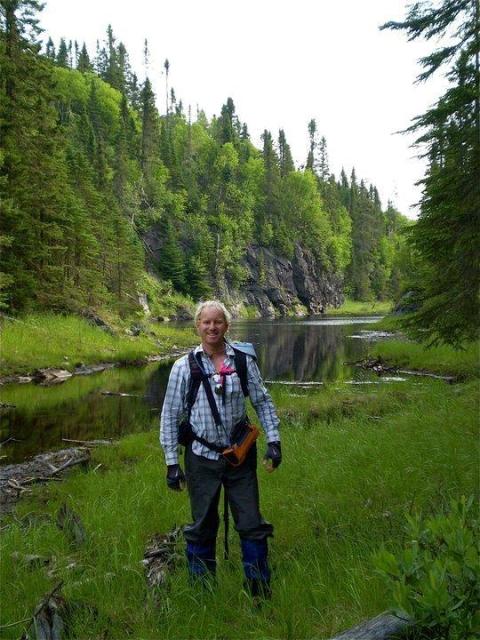Biography:
Avee Ya’acoby, an Israeli-born Canadian, developed a strong interest in the natural sciences at a young age. In the years 1996–1999 he served in the Israeli Air Force as a weather forecaster and acquired a military diploma in meteorology. In the following years he moved to Toronto and continued his professional career in meteorology at Canada’s weather channel, The Weather Network. In late 2006 he decided to leave The Weather Network and moved to British Columbia to pursue academic studies. In 2011 he graduated with honours from the University of British Columbia in the Okanagan, and acquired a BSc in Earth and Environmental Sciences. His undergraduate research thesis explores the geochemistry of 13 pristine basaltic meteorites from Mars, and reveals relationships between depth of mantle melting, percentage melting, and mantle composition. The research provides insights into Mars mantle origin and processes, and enhances our understanding about the geologic evolution of the solar system. In light of his excellent academic achievements, he received several scholarships including a prestigious award from the Society of Economic Geologists, sponsored by Gold Fields Exploration Inc.
Avee is currently a Masters student in the department of Earth and Oceanic Sciences at the University of British Columbia’s main campus in Vancouver. He is specializing in geology, petrology, applied mineralogy and geochemistry. His career aspirations include gaining a PhD in Earth and/or Environmental Sciences, exploring new mineral deposits, and studying relationships between magma character, igneous processes and associated mineralizing expressions. He hopes to advance exploration and extraction guidelines that are desirable for economic resources, while applying cost-effective strategies and minimizing environmental impacts.
